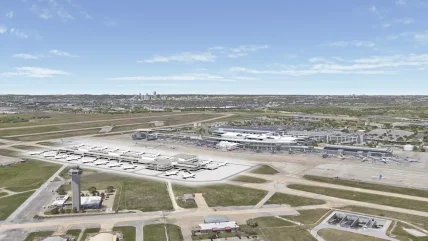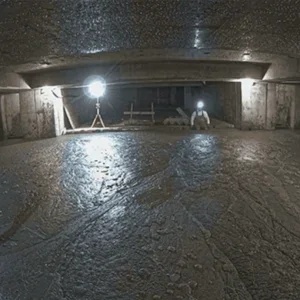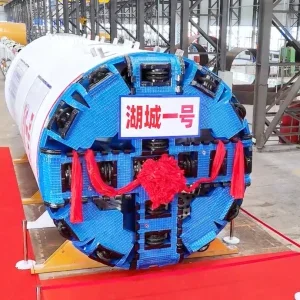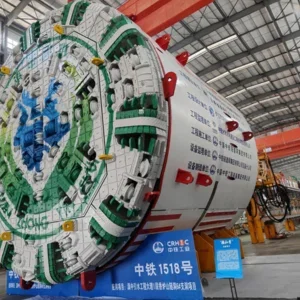
Austin-Bergstrom International Airport (AUS) has secured $33.27m funding from the US Federal Aviation Administration (FAA) for its Concourse B project, which also includes the construction of an underground tunnel.
The funding is from FAA’s $5bn Airport Terminal Program, which in turn is part of the Bipartisan Infrastructure Bill.
The proposed underground tunnel will serve as a vital link between the new concourse and the existing Barbara Jordan Terminal.
Spanning 518ft, this subgrade tunnel is integral to the Concourse B development, facilitating efficient passenger movement and circulation. It will incorporate essential infrastructure, including access routes, ventilation systems, and designated space for utilities and IT systems.
Additionally, the tunnel is designed to house the airport’s baggage handling system, ensuring a seamless connection between the terminals and enhancing overall operational efficiency.
The tunnel design also incorporates provisions for future developments, including an Automated People Mover corridor to enhance transit within the airport. This infrastructure will also allow for potential expansion to a new Concourse C as the airport continues to grow.
The Concourse B project forms part of the Austin-Bergstrom International Airport’s “Journey With AUS” expansion plan. It will add at least 20 new gates to support additional airline operations, addressing the travel needs of the Central Texas region. Additionally, the project will include spaces for dining, retail, and passenger amenities.
Currently, the Concourse B project is in its initial design phase, with airport teams collaborating with Page and Fentress joint venture. Construction is expected to begin in 2027, with the target opening date set for 2030, in line with the opening of the expanded terminal’s new Arrivals and Departures Hall.
So far, Austin-Bergstrom International Airport has secured $47.52m from the Airport Terminal Program. The airport plans to continue applying for these competitive grants apart from using traditional financing methods, such as revenue bonds and future airport revenues, to support the development of Concourse B and other projects.







